Report this entry
More from the same community-collection
Joe Gomez"s Father with Uncle Ramon Gomez
Pedro Gomez, father to Joe Gomez and joe's uncle Ramon visiting ...
Pedro Gomez and Ernestina Gomez
Joe Gomez's aunt, Ernestina Gomez with Joe's father, Pedro Gomez ...
Joe Gomez receiving Star on the Mountain Award 2006
Accepting Star on the Mountain Award by City Council . Coach ...
Joe Gomez, Laura Gomez and friends at the Jersey Boys
Friends at the Jersey Boys concert at the Plaza Theater
1st Communion at Ft. Bliss German Church
1st Communion ceremony at the German Church on Ft. Bliss 1975
Margaret Dent's 1st day of school - El Paso, Texas
Margaret Dent's first day of school in El Paso, Texas. ...
Arts Festival Plaza - El Paso, Texas
The Arts Festival Plaza is located in the heart of downtown El ...




















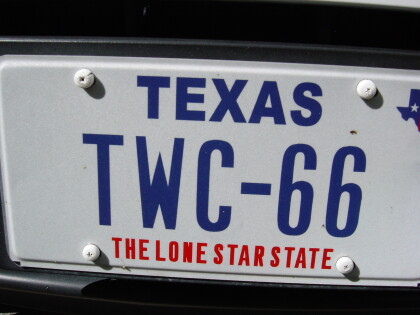
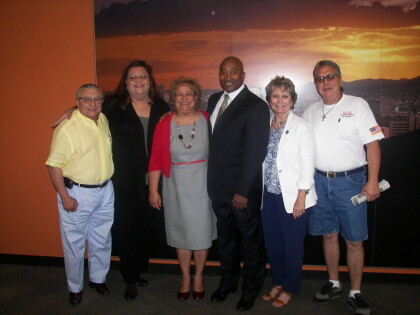
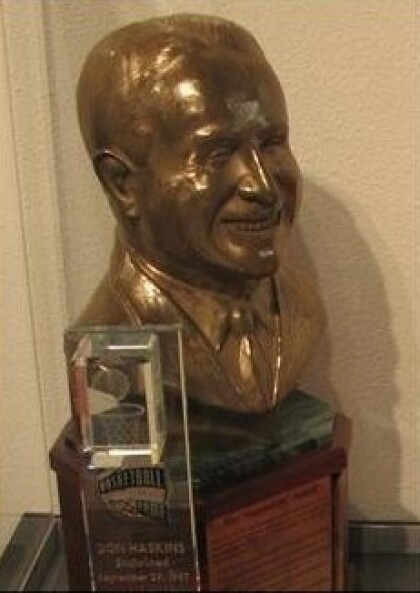
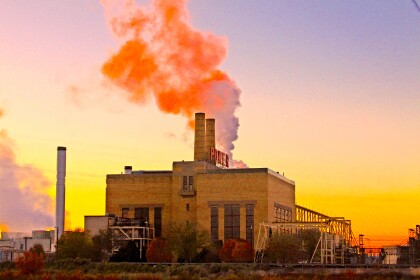
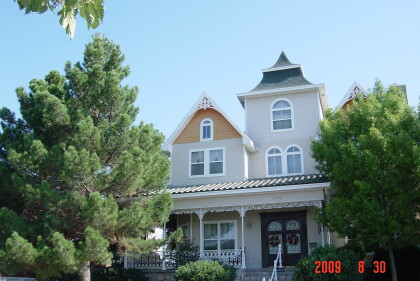
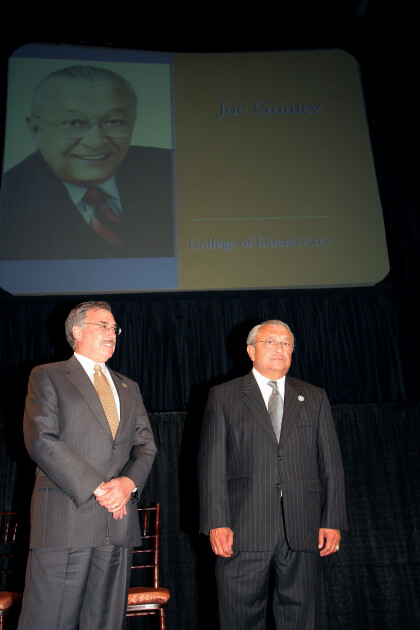
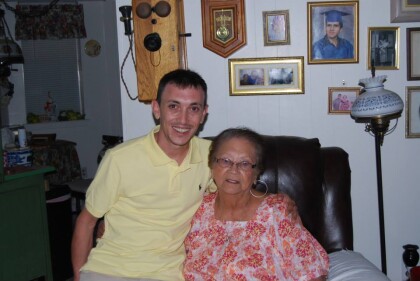
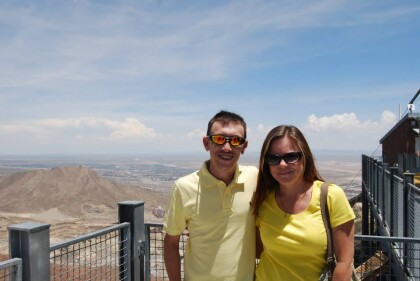

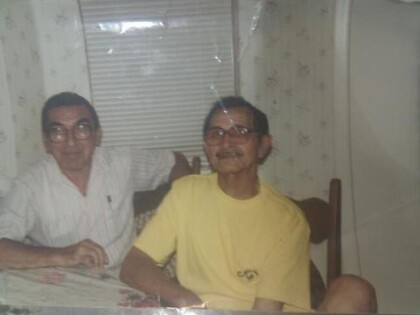
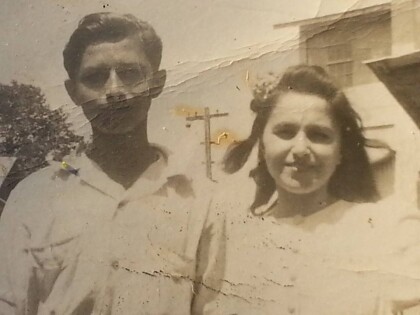

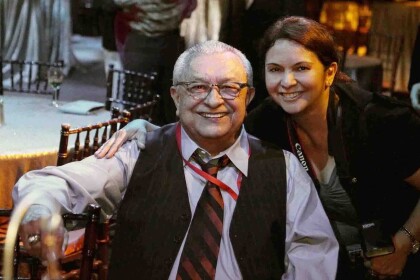
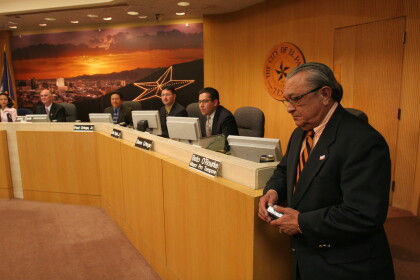
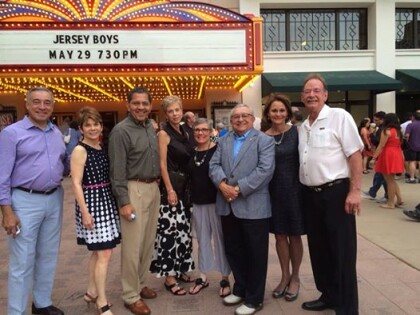

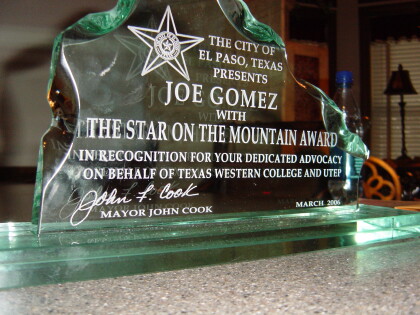



Comments
Add a comment